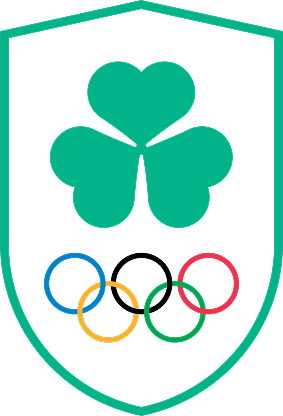Rowing is in an exciting place heading into the Tokyo Olympics. At the World Championships last year they qualified an unprecedented four boats for the Games, and this summer have an opportunity to qualify another two in the Lucerne Olympic Qualifier from the 17 – 19 May.
Qualified so far:
Men’s Lightweight Double (MLW2X)
At last year’s world championships Ireland won gold for the second year in a row, courtesy of Paul O’Donovan (silver medal from Rio Olympics) and Fintan McCarthy. While the boat has qualified, there are two places in it being contested by Paul and Fintan as well as Gary O’Donovan (world champion 2018, Rio Olympic silver medallist), Shane O’Driscoll and Jake McCarthy (Fintan’s twin brother).
Men’s Open Double (M2X)
At last year’s world championships Ireland won silver in this boat with Philip Doyle and Ronan Byrne. This qualified the boat and while Ronan and Philip are front runners for the positions in it, Ross Corrigan and Alex Byrne (Ronan’s brother) are also in the running.
Women’s Open Single (W1X)
Sanita Puspure has been dominating the World Championships for the past two years with gold in this event, and while technically the boat is qualified for Ireland, it would be very unlikely not to be Sanita in it.
Women’s Open Pair (W2-)
At last year’s world championship Aileen Crowley and Monika Dukarska qualified a women’s pair for Ireland. They are both part of a wider Open Women’s Squad of about eight athletes who now are going to contest the seats in this pair as well as try to qualify an additional Women’s Open Four in the qualifying regatta in May.
Still looking to qualify:
Women’s Lightweight Double (WLW2X)
Women’s Open Four (W4-)
A few questions you might have?
What is the difference between a double and a pair?
In a double there are two athletes and they each have two oars to propel the boat. This is called sculling.
In a pair there are two athletes and they each have one oar to propel the boat. This is called sweep rowing.
When you see a ‘-‘ this means that the boat is coxless – or doesn’t have an extra person (the coxwain) in the boat steering it and calling orders.
When the boat is coxless one of the athletes has the steering attached to one of their shoes, which is in the boat, and they steer the boat by moving their foot. One of the rowers is also charged with making the calls.
What is the difference between lightweight and open?
Lightweight rowing for men is an average of 70kg, with a max of 72.5kg. This means that the average weight in the boat for men is 70kg – but the heaviest person can be up to 72.5kg. The lightest person can be 67.5kg – which means you can’t have one really light person, and three at the upper limit of weight. A lightweight single sculler can weigh 72.5kg, but the lightweight single is not an Olympic category race.
For women the weight category is 55-59kg – this means the average weight of a women’s crew is 57kg, and the heaviest person is 59kg (lightest 55kg). A lightweight single sculler can weigh 59kg – but the lightweight single is not an Olympic category race.
Athletes weigh in between two hours and one hour before the race. This means most athletes weigh in two hours before the first race, but if they are a little over, they have a window of 60 minutes to get in at weight. Obviously this is not ideal, but it gives a little bit of wiggle room.
Open weight means that anyone can race in this category – regardless of weight.
How long is the race and how does it work at the Olympics?
Rowing at the Olympics is always run on a straight 2km course, with boats progressing to the finals through heats, repechages, quarter finals, semi finals and finals. All athletes get a final finish position with races run for all finals.
The course is marked by buoys all the way down, with markers indicating every 125m.
What kind of training do rowers do?
Rowers do a mix of training from on the water rowing to weight training, cross training (running and cycling) and circuit training. It’s a power endurance sport with races lasting anything between 5 minutes and 8 minutes depending on the boat, gender, weight class and weather conditions.
Mostly rowers are tall with long levers (arms and legs) and have particularly strong leg muscles.
What does race season look like and how do you qualify for the Olympics?
Race season for elite Irish rowers runs from about April – September, with the main targets being World Cups and the World Championships. There are other international regattas on the programme that rowers occasionally attend. The majority of preparation is done in training – rowers generally just break from training for 2-3 weeks in the whole year, following the World Championships.
